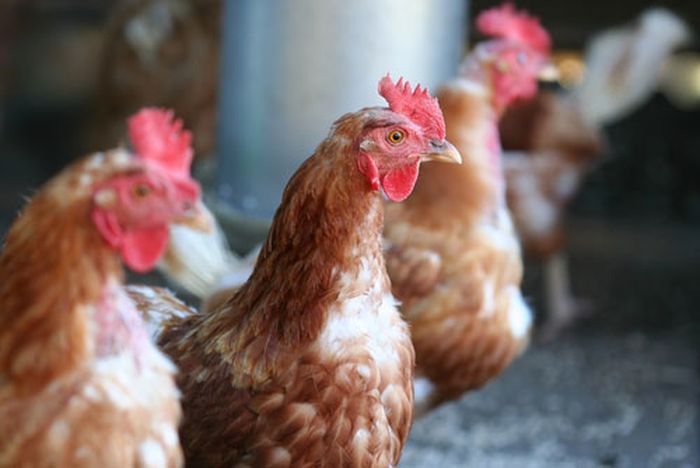H7N9 Bird Flu to Undergo Genetic Tweaking

Researchers plan to start tweaking the genome of the H7N9 bird flu virus in laboratories, to see what changes might randomly occur in nature that could make the virus more deadly to people.
In a letter published today (Aug. 7) and signed by nearly two dozen experts in the field, researchers argue that such experiments — which have been controversial in the past — are urgently needed to better understand the threat of H7N9, and to prepare for a worst-case scenario.
The new virus, which emerged in March, has so far sickened 133 people in Asia, including 43 who died. Cases appear to have tapered off for the summer, but could re-emerge in the fall, experts say.
Currently, the H7N9 virus does not easily spread between people, but that could change if the virus acquires certain genetic changes that allow it to better adapt to humans. The idea behind the new research is to stay one step ahead of the virus, and be able to predict what changes might increase the virus' pandemic potential.
"Probably the biggest unanswered question is: What would it take for this virus to become more transmissible?" said Dr. Richard Webby, a bird-flu expert at St. Jude Children's Research Hospital in Memphis, Tenn., and one of the authors of the letter.
"Many of us believe that this virus hasn’t gone away, and there's a reasonable chance that when the conditions become favorable again, we might start to see more human infection," Webbytold LiveScience. "We have a window of opportunity to learn more about this virus before that happens."
In general terms, the new research — referred to as "gain-of-function" experiments" — will involve making genetic changes to H7N9, and testing how those changes affect the viruses' ability to cause infection, spread between mammals and resist antiviral drugs. The experiments would be done in animals, such as ferrets, as well as cells in lab dishes.
Sign up for the Live Science daily newsletter now
Get the world’s most fascinating discoveries delivered straight to your inbox.
If researchers discover a strain of H7N9 in these experiments that seems particularly threatening, health officials would have more time to prepare for the worst, and create a vaccine against the virus before it arises naturally in the environment.
However, such experiments are controversial. When researchers announced last year that they had created a strain of H5N1 bird flu virus that could transmit efficiently in animal studies with just four mutations, some critics said the experiments should not have been done.
Even if precautions are taken, there's still a small risk that a person could be infected with the mutated virus, and start a pandemic, the critics argued. The research was halted for a time while officials assessed safety issues, but was eventually allowed to resume.
All gain-of-function experiments conducted on H7N9 would need to undergo review by biosafety committees before they would be allowed to proceed.
The U.S. Department of Health and Human Services also announced today that high-risk gain-of-function experiments on H7N9 would undergo an additional level of review by HHS, which would identify any additional precautions needed.
Webbysaid that, during gain-of-function experiments, viruses are treated as if they are fully transmissible human pathogens, and researchers wear appropriate protective equipment. The experiments will be conducted in biosafety level 3-enhanced facilities, which include security measures such as interlocked rooms with negative pressure, so that air in the room does not escape, and circulation systems that filer tiny particles.
The letter, along with the statement from HHS, are published jointly today in the journals Nature and Science.
Follow Rachael Rettner @RachaelRettner. Follow LiveScience @livescience, Facebook & Google+. Original article on LiveScience.com.

Rachael is a Live Science contributor, and was a former channel editor and senior writer for Live Science between 2010 and 2022. She has a master's degree in journalism from New York University's Science, Health and Environmental Reporting Program. She also holds a B.S. in molecular biology and an M.S. in biology from the University of California, San Diego. Her work has appeared in Scienceline, The Washington Post and Scientific American.











